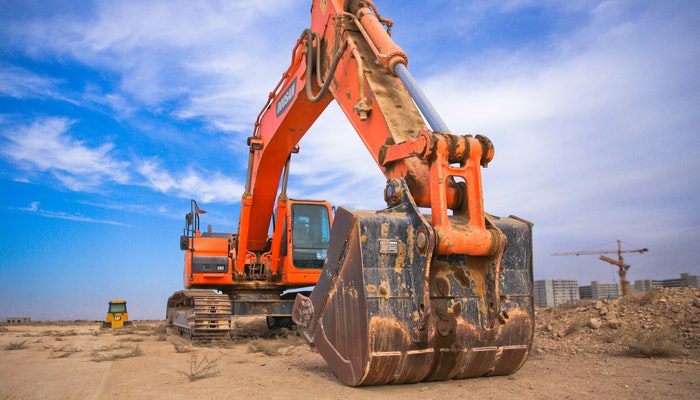The Internet of Things, or IoT, is starting to transform the construction industry. If appropriately implemented, introducing IoT technology into a worksite can significantly increase efficiency, productivity and worker safety. It’s important to understand the impacts new technology can have on every level of a project, not just the IT sector.
Why Focus on IoT and Construction Labor?
The IoT may be perceived as a tool in the wheelhouse of executives and data scientists. On the field, however, it can impact the work of construction laborers in very tangible ways. Implementing technology requires getting every employee on board so the intended effects become a reality.
Using IoT on a construction site can be practical because it increases the amount of available data and improves connectivity. Connected devices can collect a range of information and distribute it to relevant parties, including individual workers on the site. Having access to more data about conditions and operations can drive the optimization of a site.
Here are some of the potential applications of IoT for construction workers:
1. Optimizing Equipment Performance
Construction companies can use IoT technology to monitor their equipment’s performance and optimize it to reduce costs and increase efficiency. For example, sensors can track the time a machine is running, its idle time and its fuel consumption. Workers can use this information to determine which methods of operation use the least fuel. If one worker is using more fuel than others, management may be able to provide tips or additional training to help that employee reduce their fuel usage.
2. Scheduling Preventive Maintenance
IoT equipment can continually monitor the health of equipment, helping workers plan preventive maintenance and alerting them about potential problems before they cause equipment failure. Sensors on construction machinery can monitor factors such as engine rpm, tire pressure, and transmission and brake temperature. IoT equipment that continually monitors performance can detect anomalies in performance and alert workers who can investigate the potential problem.
3. Monitor Worker Safety
Keeping machinery in good condition helps improve worker safety. Workers can also use wearable IoT devices to directly improve their safety. These wearables can monitor heart rate and temperature and alert workers if they may be experiencing exhaustion or overheating. SolePower Smartboots, for instance, monitor data on fatigue and temperature, can send an alert if they detect a fall and include GPS tracking, which can help locate workers and warn them if they are near a hazard.
4. Supply Replenishment
Construction laborers can also use IoT tech to ensure they have adequate supplies on-site. Applying RFID tags to items lets a scanner automatically keep track of the number of items and then communicate that information to a central system. If this system indicates supplies are low, workers can bring in more. The system may even be able to order more automatically. The use of RFID and IoT technology eliminates time spent counting inventory and helps ensure adequate supplies at all times, preventing unnecessary downtime.
5. Equipment Tracking
Construction firms can use GPS technology to monitor the location of equipment remotely. This helps workers quickly find tools they may need, keeps items from getting lost, and prevents theft and misuse of equipment. It also enables workers to position machinery in precisely the right location to complete a task most efficiently.
Keys to IoT Success
Achieving success with IoT implementation requires more than just installing new technology. A successful rollout of IoT equipment requires planning, careful implementation and monitoring of results. Here are some of the keys to success:
- Evaluate Based on Needs: It can be tempting for companies to introduce new tech for the sake of being cutting-edge. Instead, they should assess their strengths and weaknesses and look for technologies that can help them with those gaps. Then, they must carefully evaluate how a technology could meet the organization’s needs and help it improve.
- Get Buy-In: Employees may be resistant to change, especially when management tries to introduce new technology via a top-down approach. Instead, management should seek to engage workers in the planning process, which will increase buy-in and may lead to a more successful implementation.
- Provide Proper Training: Construction laborers need sufficient training to use new technologies successfully. Proper training makes it more likely that a new technology will have the intended impact on operations; for instance, even with IoT solutions in place, a skilled worker can fuel usage by 10 to 12 percent more than an unskilled worker.
- Monitor Results: As an organization’s workers use a new technology, it should monitor the effects it’s having. The company can then use these results to adjust its strategy if needed.
IoT equipment gives construction laborers improved access to more information about their worksites and also increases the connectivity of those sites. When properly implemented across a project, the use of IoT technology can dramatically increase its efficiency, improve worker safety and reduce costs.
Holly Welles covers technology in its impact on construction, building, and commercial real estate. She also runs her homeownership blog The Estate Update, and keeps her Twitter feed updated with industry news.



































